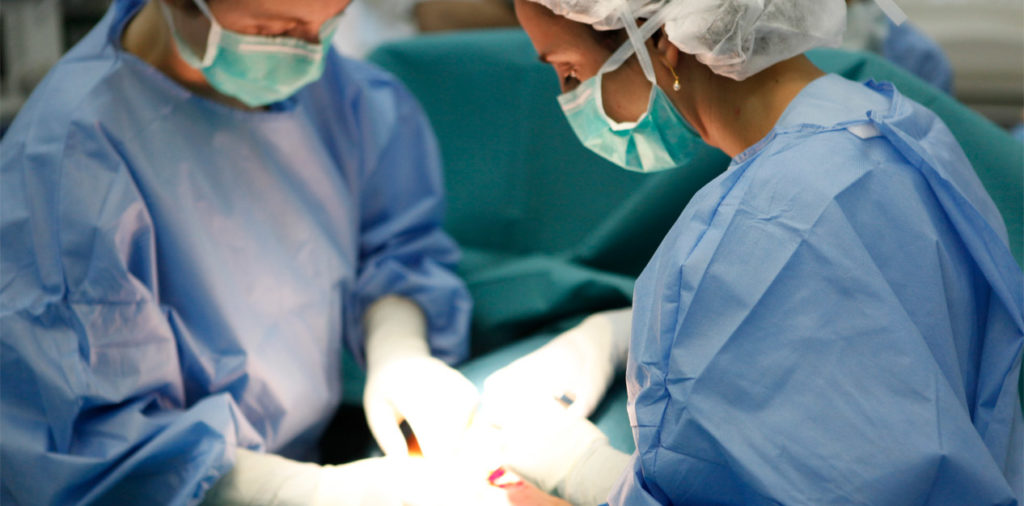
In the last two decades, C-section rates have risen from 15 to 25% in the public healthcare system, and from 28 to 38% in the private sector. The causes of this increase are many and, often, unclear. For this reason, Dexeus Mujer has participated in a retrospective study in coordination with the Quirónsalud group to analyse the caesarean rate in the 42 hospitals that make up the Quirónsalud private health network.
The study, led by Dr Pilar Prats, was conducted between 2018 and 2019. total of 62,685 deliveries were analysed: 42,987 were vaginal deliveries (68.6%) and 19,698 were C-sections (31.4%). Hospitals were classified into three groups: large hospitals (11), medium-sized hospitals (17) and small hospitals (14). The caesarean rate was measured by categorising patients into three groups: total deliveries, low-risk C-sections, and low-risk C-sections without previous caesarean deliveries.
The mean age of the patients for total deliveries was 34.18 years, while the mean age for the low-risk group was 34.12 years. Of the 19,698 C-sections, 18.36% (3,618) were performed in high-risk population and 81.63% (16,080) were performed in low-risk population. Of the low-risk caesarean deliveries, 69.54% (11,183) were performed in patients with no history of previous C-sections.
The researchers concluded that the overall caesarean rate in the Quirónsalud group is slightly higher than in the public healthcare system. The higher maternal age and the hospital resources involved in delivery care may explain this difference.
Reference article:
Cesarean rate in selected hospital network of private sector: A retrospective study
A Farrés, A Albarracín, B Serra, P Prats.
Observational Study J Healthc Qual Res. Nov-Dec 2021;36(6):317-323.
doi: 10.1016/j.jhqr.2021.06.006. Epub 2021 Aug 2.